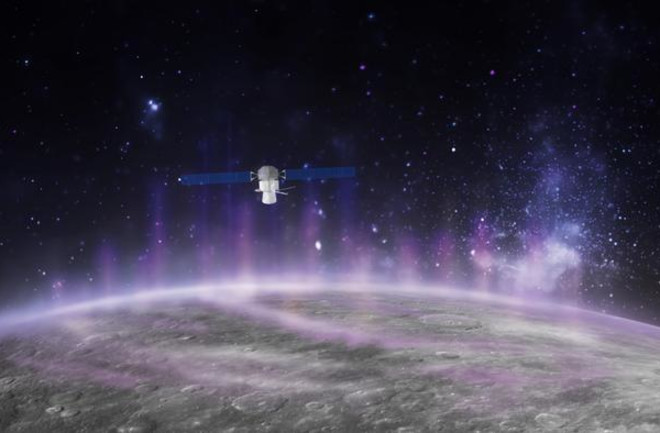Earth’s mesmerizing and vibrant auroras occur when the sun’s charged particles, known as the solar wind, collide with the outer atmosphere of our planet called the ionosphere. While this interaction could potentially cause trouble for us Earth-dwellers, our planet’s magnetic field comes to the rescue by capturing and directing the particles towards the poles. As a result, these stunning auroras materialize in the form of captivating clouds and ribbons in the sky. However, recent research by the Europlanet Society shed light on a peculiar aurora phenomenon taking place on Mercury – the planet is wreathed with X-rays coming from its surface rather than its upper atmosphere. A new paper uncovered the reasons behind this anomaly.
Physicist Sae Aizawa, working with the Japanese Aerospace Exploration Agency, explains that they have witnessed how electrons gain acceleration in Mercury’s magnetosphere and then descend onto the surface of the planet for the very first time. The valuable data needed to make this discovery was collected during the collaborative BepiColombo space mission funded by both the European Space Agency and the Japanese Aerospace Exploration Agency. This mission consisted of the Mercury Planetary Orbiter and the Mercury Magnetospheric Orbiter, and these two probes were docked together while heading towards Mercury. They will remain in this configuration for a total of seven years until they finally reach their intended orbit around Mercury in 2025. Their journey involved a long and winding route, including loops around Earth and Venus, to approach Mercury gradually. During the coming years, BepiColombo will perform various flybys to decelerate and prepare for the final orbit.
During the first flyby in 2021, the closely linked probes approached Mercury at a distance of only 125 miles. The plasma instruments aboard BepiColombo played a crucial role in detecting different types of charged particles present in the solar wind. Additionally, they measured Mercury’s relatively small magnetosphere, encompassing areas where the planet’s magnetic field interacts with the solar wind, such as the magnetopause and the bow shock. The data collected during this mission revealed that the magnetosphere was unusually compressed due to the strength of the solar wind. Researchers later concluded that charged particles travel from the dark side of Mercury, cascading down onto the dawn side, resulting in the release of X-rays and the creation of an auroral glow. Unlike Earth’s magnetic field, Mercury’s magnetosphere is not powerful enough to effectively shield the planet from the solar wind. However, this discovery confirms that the mechanism responsible for generating auroras is consistently applicable throughout the solar system.
To continue reading, please log in or register if you are already a subscriber. By subscribing you gain access to all the engaging content for as low as $1.99!
